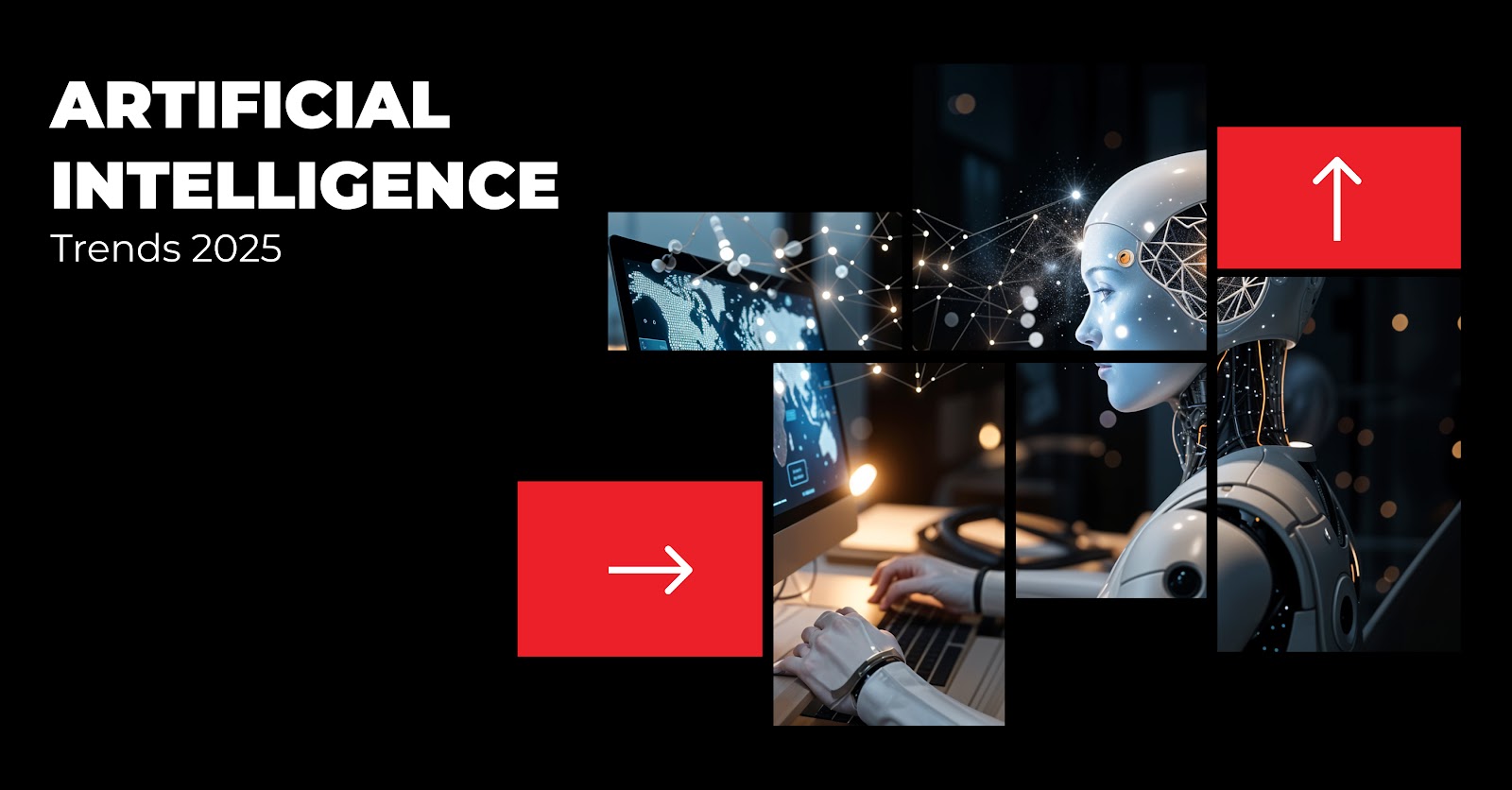Emerging Technology Trends That Will Impact Your Business In 2025
Imagine a world akin to Wakanda, the fictional utopia from the Marvel Cinematic Universe, where technology seamlessly integrates into every aspect of life. While we may not possess Vibranium, emerging technologies hold the potential to transform our reality into something equally revolutionary. As we dive into 2025, here are five key technology trends poised to impact businesses and reshape society.
Trend 1: Autonomous Vehicles Revolutionizing Mobility
Autonomous vehicles (AVs) are set to redefine convenience and mobility. Once considered futuristic, these vehicles are now becoming a practical reality. Companies like Waymo and Tesla are leading the charge, investing billions into enhancing AV technologies, such as Waymo's sixth-generation autonomous driving system and Tesla's evolving Autopilot.
The adoption of AVs is expected to extend beyond personal transportation, influencing industries like logistics and public transit. AI advancements, coupled with 5G connectivity and IoT sensors, will drive this transformation. For instance, autonomous light vehicle sales in the U.S. are forecasted to reach 230,000 units by 2034. This trend necessitates collaboration among automakers, governments, and city planners to ensure safe and effective integration into smart city ecosystems.
Takeaway: Businesses should partner with AV developers to streamline logistics and embrace regulatory frameworks that build public trust in autonomous technologies.
Trend 2: Generative AI Advancing Productivity
Generative AI, an already transformative force, is evolving to offer groundbreaking capabilities. Leaders like OpenAI, Adobe, and Microsoft are developing AI tools that enhance creativity and efficiency. Adobe’s Firefly Image 3 Model, for example, allows designers to generate lifelike visuals from simple prompts, revolutionizing the creative process.
By 2025, Generative AI will play a pivotal role across industries, automating tedious workflows and uncovering new revenue streams. McKinsey reports that the adoption rate of Generative AI tools increased from 33% in 2023 to 65% in 2024, and this momentum shows no signs of slowing.
Takeaway: Businesses must integrate Generative AI to optimize operations and train employees to effectively leverage its capabilities, boosting both creativity and productivity.
Trend 3: Biometrics Redefining Security
In an era of heightened data privacy concerns, biometric technology is emerging as a robust solution for secure authentication. Beyond traditional fingerprint scanners, the field is advancing toward multi-modal systems incorporating facial recognition, voice identification, and behavioral biometrics.
By 2025, biometrics will gain widespread application in industries requiring stringent security. Innovations like Amazon’s palm-based payment system and Abu Dhabi’s biometric-driven Smart Travel Project highlight the technology’s potential. With $370 million in funding in 2024, the biometrics sector is poised for significant growth.
Takeaway: Organizations should adopt multi-modal biometric systems and behavioral analytics to enhance security while ensuring user-friendly authentication experiences.
Trend 4: Ambient Computing Enabling Frictionless Interactions
Ambient computing, also known as ubiquitous computing, leverages interconnected IoT devices and AI to create seamless, autonomous environments. This technology promises to revolutionize daily interactions by eliminating the need for manual operations.
Products like Google’s Nest ecosystem exemplify ambient computing’s potential to simplify life at home and in business settings. As AI and machine learning continue to evolve, ambient systems will power smart cities, AI-driven workplaces, and context-aware services. The industry is projected to grow at a 32% compound annual growth rate, reaching $225 billion by 2028.
Takeaway: Companies should explore ambient computing to deliver personalized user experiences, automate workflows, and align with smart city initiatives.
Trend 5: Smart Cities Creating Integrated Urban Experiences
Smart cities represent the convergence of various technologies to improve urban living. By integrating IoT sensors, AI, and real-time analytics, these cities enhance public utilities like transportation, energy, and healthcare. Singapore’s Smart Nation initiative serves as a model, optimizing traffic, reducing pollution, and improving public safety.
In 2025, smart city projects will gain traction globally, driven by the need for sustainable and efficient urban environments. These initiatives will require collaboration between governments and private enterprises to ensure scalability and accessibility.
Takeaway: Urban planners and technology providers must prioritize public-private partnerships to accelerate the deployment of smart city solutions and address potential challenges.
Conclusion: Preparing for a Tech-Driven Future
Emerging technologies are not just trends; they are transformative forces shaping the future. From autonomous vehicles to Generative AI, biometrics, ambient computing, and smart cities, these innovations promise to revolutionize industries and improve quality of life.
While we may lack Vibranium, the fusion of these technologies has the potential to create a world reminiscent of Wakanda—where advancements seamlessly integrate into every facet of society. Businesses, governments, and individuals must embrace these trends to stay ahead in a rapidly evolving technological landscape. The future is here; it’s time to innovate.


.jpg)
%20(1)%20183.jpg)
Comments
Post a Comment